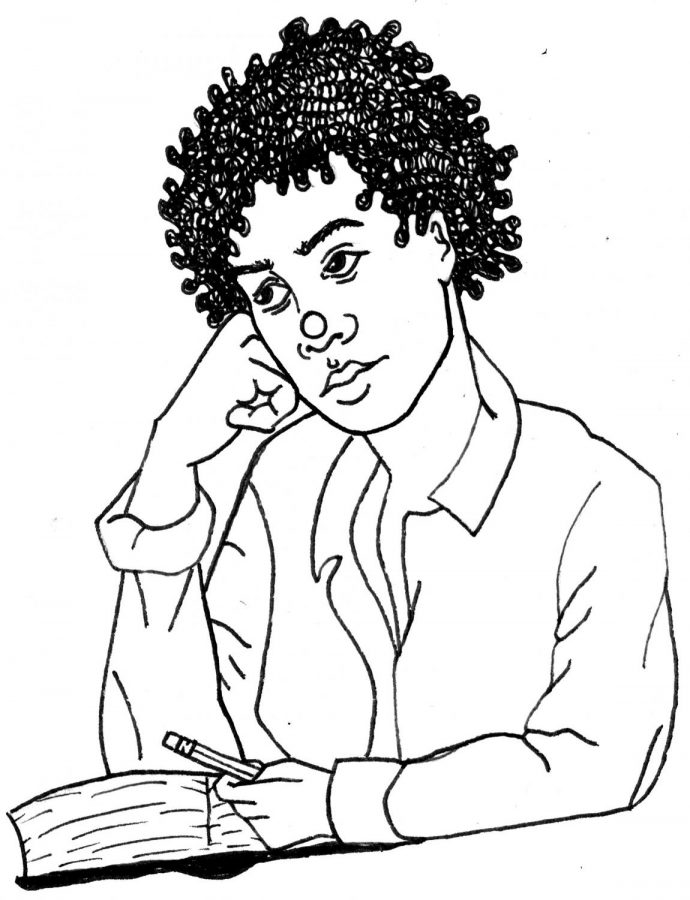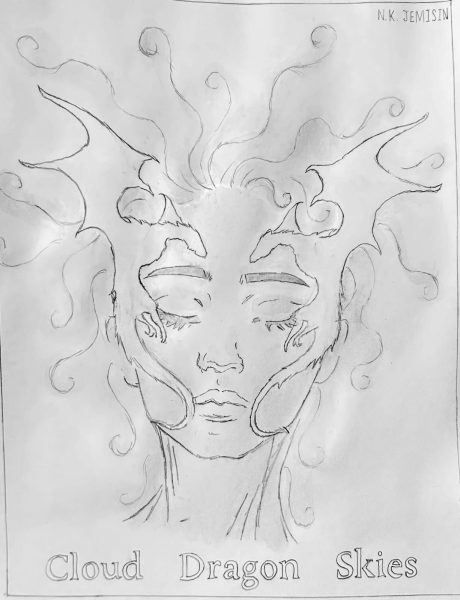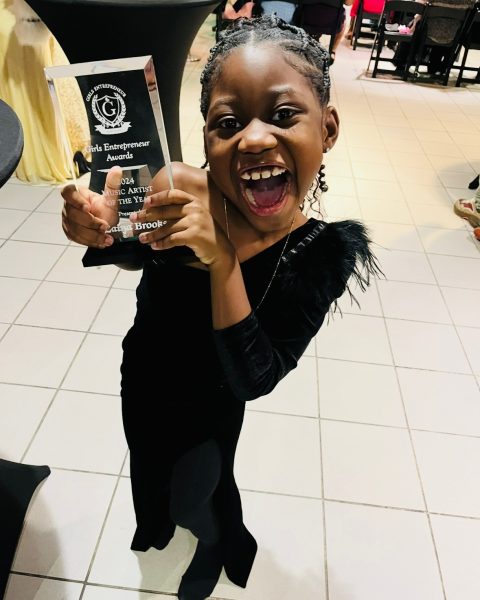APart of the Class Culture
How ap classes can be more welcoming to poc.
Disclaimer: . This is a critique of the AP program here at Garfield. I understand that improvements are being made to the program, and while this may make you uncomfortable please acknowledge how students of color feel every day. Keep the conversation going to change the dynamic of the AP system.
It is no secret that the AP system isn’t perfect. Programs such as Honors for All and efforts to diversify these advanced classes point out that there is cultural division between course levels which alone speaks for itself. The AP program offers students a more rigorous and challenging course, essentially preparing them for college level work. Historically, this program was only offered to white students to keep them enrolled in inner-city schools with students of color. Garfield High School’s making great progress in making their AP and honors classes more accessible to students of color.
While the push to get more cultural diversity into these classes is nothing less than great, several students of color feel that they have to not only challenge themselves with the curriculum but challenge the classroom dynamic as well. As the school makes significant strides in classroom integration it’s important to make sure that all students feel just as significant as their white peers.
With the AP program initially being offered to just white students, even with the shift that allows students of color to be enrolled in these classes it’s still harder to get into due to the demand from white students . Programs like Y-Scholars help advocate for black students to be enrolled in more rigorous courses add to the number of students of color in AP classes. Since there is a huge clique culture at Garfield heavily influenced by race, this also provides an opportunity for students of color to share their academic journey with someone that they can connect to on a personal level as well. “I usually stick with the Y-Scholars in my class because they make the class lit and fun to go to. All in all I don’t face a lot of social issues in my AP classes, like I’m really cool with the people in my classes.” said Garfield High School junior, Milena Haile.
Having one friend that you can identify with on a cultural level builds confidence and a level of comfort for a lot of students of color in their AP classes.“It was really hard for me to feel confident in my culture and the things that I rep because nobody else would understand, but the people that I know at Garfield now all have similar experiences so it’s so easy to connect and feel included because you feel comfortable around them. Then there are those that don’t know who you are and aren’t really attempting to get to know you and that makes it hard to be yourself” said Garfield High School student Jennet Mitikie.
Students of color newer to AP classes typically have a harder time adjusting to their new environment because they have to adapt to new classroom constructs that most white AP students have become accustomed to. “This is really important because a lot of times a teacher will assume that we know a word or we know a concept or a rule and there will be a lot of white kids that are familiar with it and a lot of the students of color are quiet and giving each other these looks and as much as they do want to say something, they’re silent about it because they feel awkward” said Haile.
The AP class culture can be difficult to adapt to in high school so without prior knowledge of the AP system students of color feel that they have to play a game of catch-up to keep up with the course.“This is because AP classes are hard and there are some that get it just like that because they are used to the program being enrolled for five to ten years, and their are some that don’t. Teachers can do a better job at making sure that these students know that if they ever have a problem that they can come to them and not in a way that’s like ‘oh you don’t get it? That’s embarrassing’ but make the environment an environment where you’re learning and not just throwing out material” said Haile.
AP students of color also feel that a lot of the time teachers aren’t entirely in tune with what affects their students outside of the classroom. “It’s important for teachers to have students in their best interest but the teachers could pay a lot more attention to their students of color because it is hard being one of few in a class. It’s just nice for teachers to try and go out of their way to say ‘How are you?’ and get to know me on a personal level. It’s not so much that I can’t do the work and that’s me speaking for myself but having someone genuinely ask you if you need help without looking down on you or making you feel stupid is nice. I want the same feedback, the same advice, and the same guidance as everyone else because I am there to better myself. Even if you can’t understand what I’m going through, support me like you do” said Mitikie.
With better support and more advocate programs to increase the numbers of students of color enrolled in AP courses, the AP program has the potential to become a safe place for students of color.






